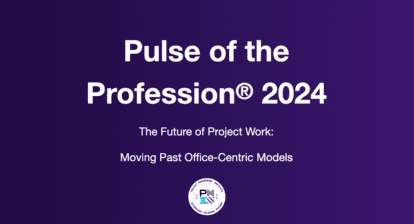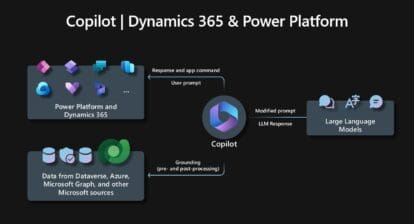1. In Project 2010, I always use “Must Finish On” instead of a deadline date for the last task in my projects, in order to cement the task in the schedule.
2. I use “Start No Earlier Than” when something is to be delivered by an external vendor, such as, “Delivery of roof by October 27.”
3. I suggest using “Must Start On” when you’ve booked an event or activity, such as, “Training room and trainer booked for October 31.”
4. When working in Project 2010, I never use predecessors in summary tasks, since it can make project logic hard to follow.
5. Want to understand “free slack”? That field contains the amount of time that a task can be delayed without delaying any successor tasks. If the task has no successors, free slack is the amount of time a task can be delayed without delaying the entire project’s finish date. To figure out if free slack exists on a task, add the Free Slack field in the Task Sheet view. It’ll show up as a delay on other tasks.
6. Here are three terms to understand: “Total Float” is the amount of time an activity may be delayed from the early start without delaying the finish date of the project. “Total Slack” is a field that contains the amount of time a task’s finish date can be delayed without delaying the project’s finish date. “Free Float” is the amount of time a task can be delayed without delaying the early start of its successor.
7. I recommend that baseline dates be established and signed off on before anybody is allowed to update the schedule for the first time.
8. Baseline dates and duration aren’t calculated fields, so they may be edited in columns and forms. Show caution before changing either of these, since they’re the basis for all project deviation measurements.







